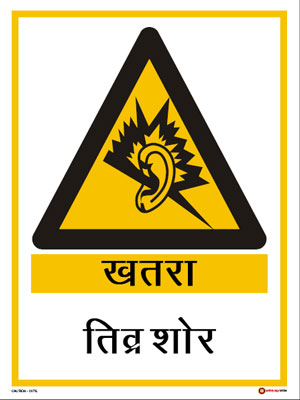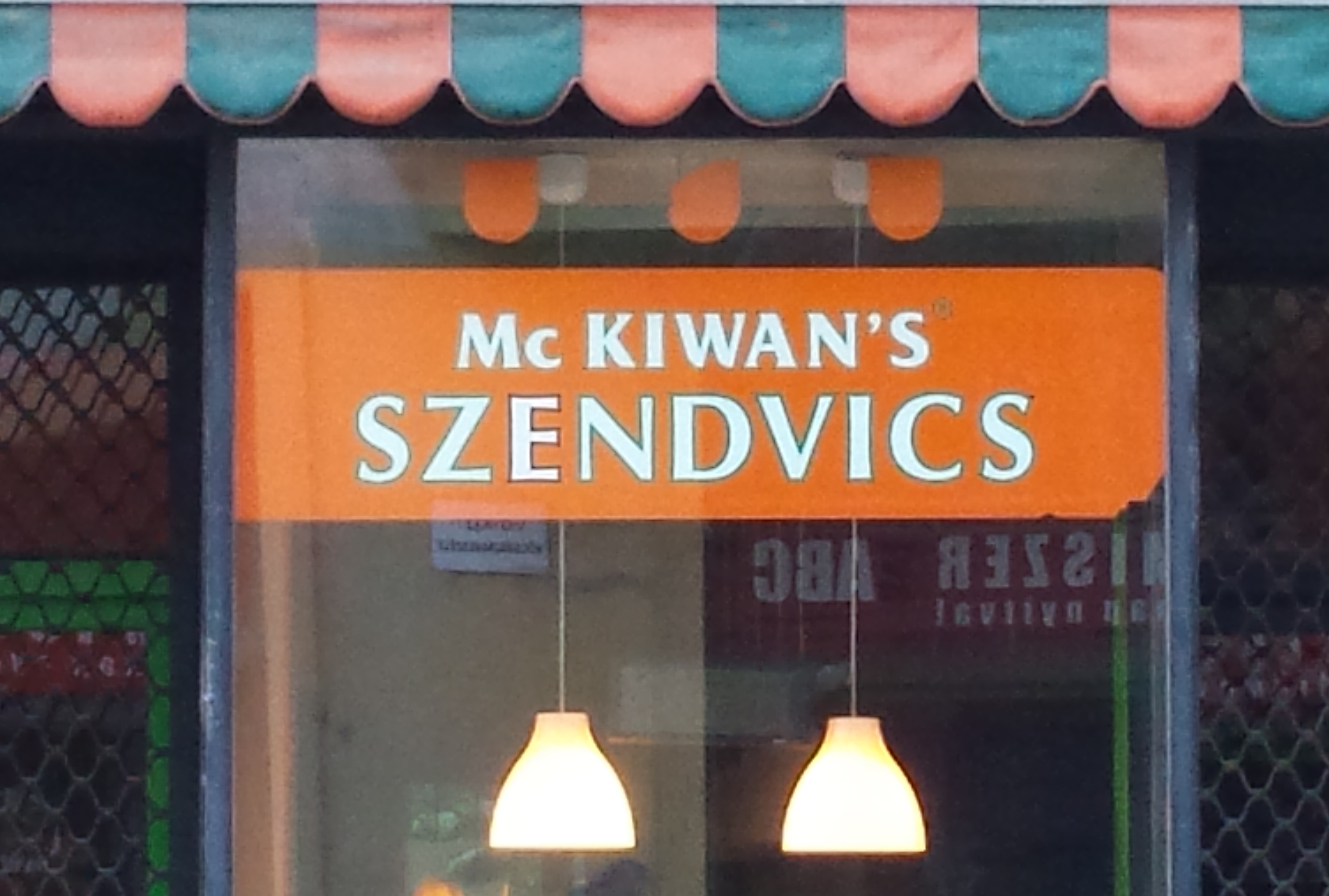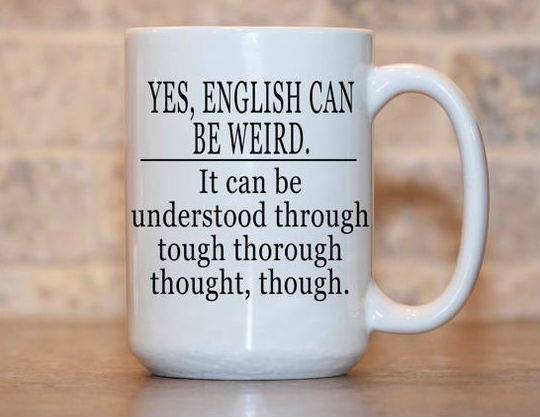 Transliteracy
Transliteracy
|
Home Contents |

So a guy from Calcutta goes to Delhi on a business trip, and stops in front of this sign. He's not sure what it means - maybe something to do with explosions or electricity - but he can't read it, because it's written in Hindi in the DevanāgarĪ script, while he speaks and reads Bengali, which is written in a different script. It's ironic, because if he could read the script, he'd probably understand the sign: Hindi and Bengali are closely related languages. The sign says "danger - intense noise", which is khatarā - tĪvr shor in Hindi and khatarā - tĪbr sār in Bengali.
And if our friend travels to Ahmedabad, Amritsar, Bangalore, Chennai, Hyderabad, Puri or Thiruvananthapuram, he'll have the same problem: in each of these cities, they use a different script. India uses 11 different scripts! And these are not simple scripts: DevanāgarĪ has 14 vowels, 34 consonants, 18 diacritics and 1296 conjuncts (combinations of consonants). It's almost as if they've gone out of their way to make writing as difficult as possible.
 And it doesn't just happen in India. Would you know what they offer in a Moscow ресторан? In our
alphabet, it would be written restoran.
And it doesn't just happen in India. Would you know what they offer in a Moscow ресторан? In our
alphabet, it would be written restoran.
When we travel somewhere where they speak a different language, we expect not to be able to read a newspaper. But if you can't even read the letters, you can't read street signs, spell out names, or use a local keyboard. You've become illiterate!
So why is our writing so bad?

About half of the world writes in this Latin alphabet, but we don't always agree on what the letters mean. For example, the Js of English John, French Jean, German Johann and Spanish Juan are all different sounds.
Would you recognize that a Budapest shop marked szendvics sells sandwiches?
 Even just learning to read and write English is a huge effort. That's why we have spell-checkers and show pronunciations in dictionaries (which many languages don't need). The English Spelling Society says that "English-speaking children take up to three years longer to learn to read and write than others". Three years! We could be learning a lot of useful stuff in those three years.
Even just learning to read and write English is a huge effort. That's why we have spell-checkers and show pronunciations in dictionaries (which many languages don't need). The English Spelling Society says that "English-speaking children take up to three years longer to learn to read and write than others". Three years! We could be learning a lot of useful stuff in those three years.
But now there is a practical solution: a completely new alphabet called Musa. It has all the letters we need for all our languages, but it uses only 26 shapes, including punctuation and numerals. Vowels each use one of these shapes, and consonants combine two of them into a tall letter. Because each shape represents a feature of the sound, letters that sound alike also look alike, and the system is easy to learn.
Why not take a look?
| © 2002-2025 The Musa Academy | musa@musa.bet | 23sep24 |